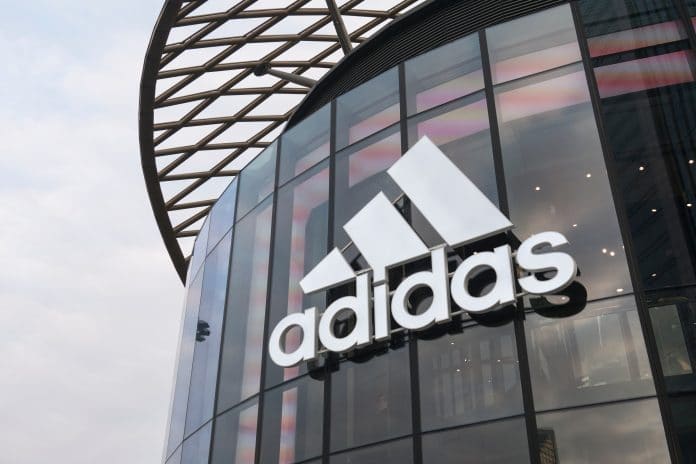It seems like just yesterday we were in the midst of Britain‘s fourth coldest March since 1910 – perhaps a distant memory now, given the roasting summer sun we have been enjoying of late. Only a few months back, retailers were quick to blame their decline in sales on the chilly winter, with the Office for National Statistics (ONS) announcing that retail sales volumes were 0.5 per cent lower than last year. With a mini heat wave striking us in July and August, surely retailers should be jumping on the hot weather as a means to optimise their sales?
Summer retail figures are expected to be healthy – figures in June signalled a strong start to the season, with June spend up 2.2 per cent across all retail sectors year-on-year according to figures from ONS. The current heatwave is boosting hopes that retail sales growth will continue, with some analysts claiming the good weather will help consumer confidence. However, with no control over the weather, retailers shouldn‘t see the sunshine as the key to better sales.
There have been a number of retailers shouting about their successes in the media recently on the back of the sunshine. B&Q sold 28,000 paddling pools in a week, juicer sales at Currys and PC World stores were up 2,422 per cent year on year and John Lewis claimed to be selling an air conditioning unit every 50 seconds.
From a fashion retail point of view, some companies have delayed their summer sales as a means of profiting from the sun. Certainly, there will be retailers who benefit from consumers hitting the high-street to buy a new summer outfit – but there will also be those that steer clear of town centres in a bid to make the most of their time in their back garden. The weather is out of retailers‘ control, but that shouldn‘t stop them from preparing strategies for unexpected seasonal changes so that they can quickly optimise their performance at the drop of a hat, whatever the weather.
Not all retailers can rest on their laurels and expect an increase in sales to come to them automatically. Retailers should first of all ensure they put their most seasonal foot forward – making sure that the products consumers want to buy when it‘s hot are readily accessible. This includes product visibility in-store and on the website as well as ensuring stock management has been carefully considered to upscale demand as and when required.
Taking this one step further, retailers should ensure that their marketing programmes are working with the weather to ensure that the best summer deals are heard by their customer base. Great new solutions exist that deliver ads online based on real time localised climatic conditions – meaning that, for example, umbrellas are marketed on rainy days and panama hats are marketed on sunny days.
It‘s also equally important that an easy shopping experience is available to consumers who do hit the high street in the sweltering heat. Certain summer items will always start to sell out when the sunshine arrives. Installing transactional in-store kiosks means that where items are out of stock in-store, consumers can order them to be delivered to their house the very next day – saving them another trip to the shops. Similarly, with the longer summer days and warmer weather, many consumers may want to enjoy a spot of post-shopping alfresco dining, so would likely appreciate having their purchases delivered to home rather than carrying them around all evening. The ability to buy in-store and have product delivered later also applies to Christmas shopping and January sales, meaning that now is the time for retailers to set up their systems and processes to support the needs of their customers.
Where consumers will be looking to relax in the summer sun, retailers should be working hard to identify how their business can benefit from the nice weather. As is the case at any other time of year, it‘s important that retailer
RELATED STORIES

















